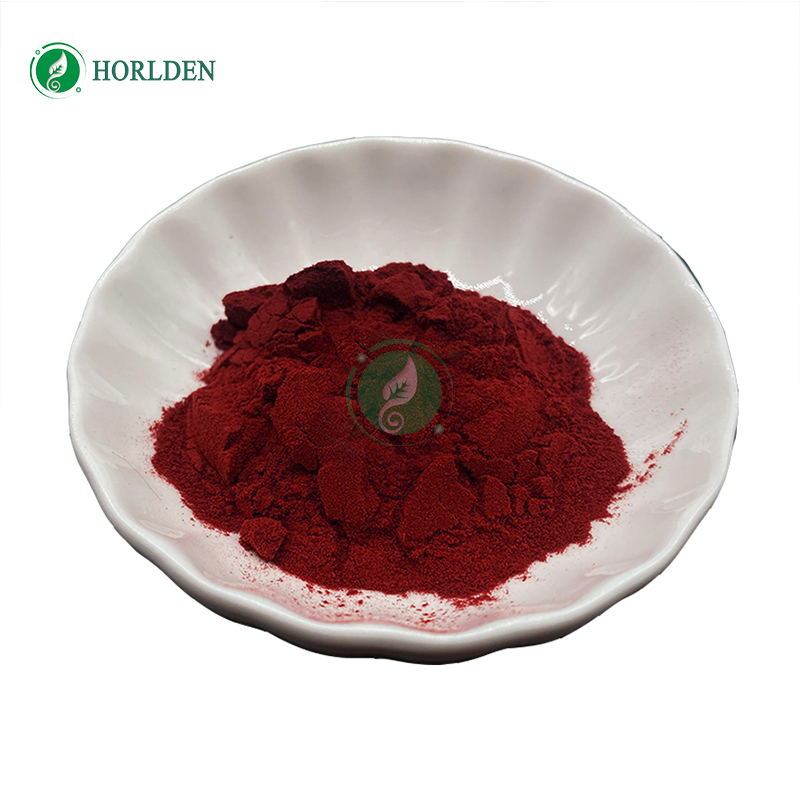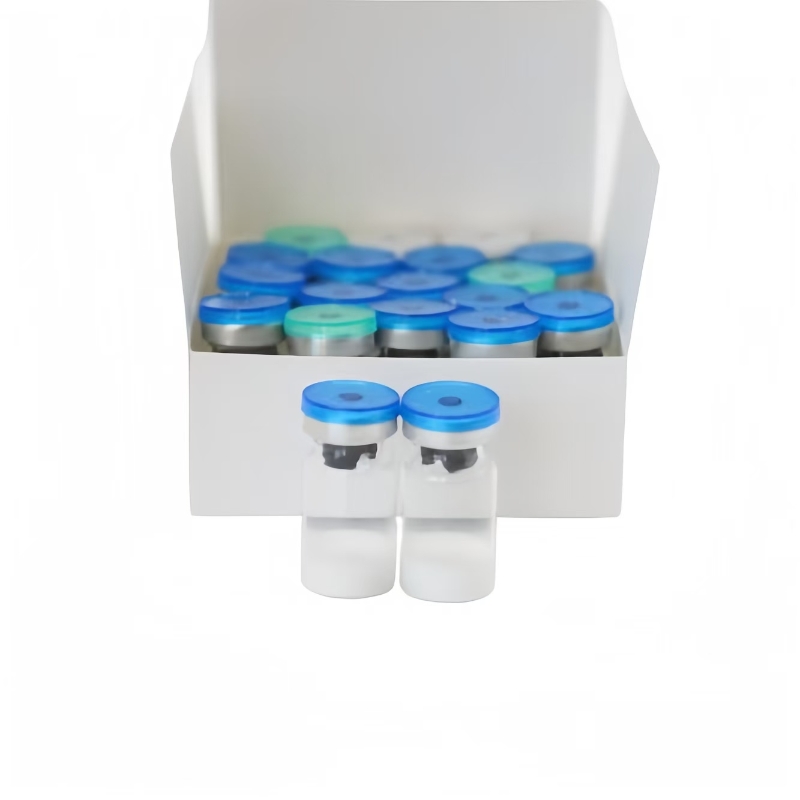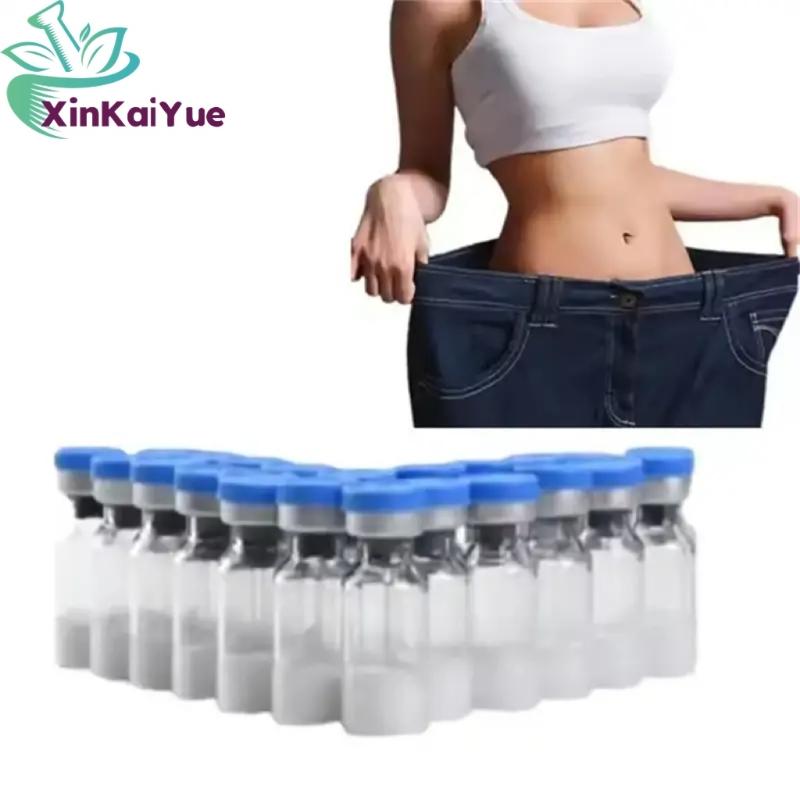Weekly Statement: Briefly on the interpretation of claims and the application of the principle of "prohibition of repentance"
-
Last Update: 2018-12-24
-
Source: Internet
-
Author: User
Search more information of high quality chemicals, good prices and reliable suppliers, visit
www.echemi.com
original title: "Weekly Statement" on the interpretation of claims and the application of the principle of "prohibition of retribution"the interpretation of the claim and the application of the principle of "prohibition of back-and-forth"brief evaluation
Hubei Noon Pharmaceutical Co., Ltdand Ano (China) Pharmaceutical Co., Ltd., Wang Junauthor of the dispute against the patent rights of the society:Lu Liyan Longan Law Firm Partner Patent LawyerVice President of the Pharmaceutical Integration Branch of the China Medical Insurance Chamber of Commerce
mainly engaged in patent protection, patent analysis and layout, patent implementation and transformation in the field of biotechnology and pharmaceutical sFamiliar with the pharmaceutical FDA/CFDA regulatory rules, specializing in the equity design and planning of pharmaceutical start-up projects, with pharmaceutical projects angel wheel, A wheel, B round successful financing experienceMrLu studied at the School of Law of East China University of Political Science and Law and the School of Pharmacy of Shanghai Jiaotong Universityguide:November 25, 2006, Ano Corporation sued the Shijiazhuang Intermediate People's Court in Hebei Province, said that Ano Pharmaceutical Company found that the noon pharmaceutical company produced and widely sold its products in Hebei and other places new calcium brand "calcium gluconate zinc oral solution", and in The Wangjun Operating City, Baoding City, Xinkang Big Pharmacy notarized purchaseof the alleged infringing products, the noon pharmaceutical company and Wang Jun society infringed its patent inventionThe court of first instance ruled that the pharmaceutical company constituted an infringement at noonAt noon, the pharmaceutical company appealed against the decision to the Hebei Provincial High People's Court, which on December 17, 2007, and dismissed the appealAt noon the pharmaceutical company refused to accept, to the Supreme Court to submit a retrial request, the Supreme Court after hearing that the noon pharmaceutical company, Wang Junsociety production, sales of alleged infringing products does not constitute infringement of patent rights 1
the parties to the case information application for retrial (first instance defendant, second instance appellant): Hubei Noon Pharmaceutical Co., Ltd the respondent (first instance plaintiff, second instance appellant): Ano (China) Pharmaceutical Co., Ltd trial court: Supreme People's Court case number: (2009) Minti word No 20
2
case background information
Defective drugs and their preparation methods "the patentee of the invention patent, and Ano corporation signed a patent implementation license contract," agreed that Kong Yanping will be involved in the patent license Ano company exclusive implementation, the authorization period and patent period, no geographical and use methodrestrictions, if a third party to implement the infringement of the patent, by the licensee independently to the infringer to bring a lawsuit, the relevant legal consequences (benefits or losses) by the licensee 2, the patent application involved in the public text, its independent claim is soluble calcium, the State Knowledge Bureau in the review process that the superior concept used in the claim " soluble calcium" outlined a broad protection scope is not supported by the specification, should be modified, the applicant according to the request of the examiner, the claim to modify the "soluble calcium" to "active." 3, in order to determine whether the technical characteristics of "calcium calcium and zinc glucose acid oral solution" produced by the pharmaceutical company fell into the scope of patent protection advocated by Ano, the court of first instance commissioned the Beijing Zitu Intellectual Property Identification Center to conduct a technical appraisal The agency made the appraisal conclusion: "The 'new calcium special brand' calcium calcium zinc oral solution drug produced by Hubei Noon Pharmaceutical Co., Ltd is equivalent to the technical scheme of the patent edges the case." "
3
the focus of the dispute
how should claim 1 be a closed structure and how should the "active calcium" as recorded in claim 1 be interpreted? is active calcium equivalent to calcium gluconate? 4
Court Opinion
4.1 How should claim 1 be a closed structure and how should the "active calcium" as recorded in claim 1 be interpreted? patent claim 1 is a composition claim, using the expression "pharmaceutical sofories made from the following weight-matching raw materials" This expression of claim 1 does not belong to The Review Guide (2006 edition), Part II, Chapter X, Chapter 4 2 Section 1 lists "by .. Forms of closed expressions such as composition and composition In addition, from the perspective of the limited relationship between claim 1 and claim 2, claim 1 is not a closed expression Subordinate claim 1 claim 2 qualifies the drug as a dispersant or oral solution In general, a subordinate claim is a further limitation rather than an expansion of the claim for an independent right In the case where subordinate claim 2 further limits claim 1 that the drug in claim 1 may be a dispersant or oral solution, it is clear that claim 2 also includes components other than active calcium, zinc gluconate, glutamine or glutamate, indicating that claim 1 may include components other than active calcium, zinc gluconate, glutamine or glutamate Claim 1 should therefore be understood as a claim for open expression Calcium gluconate and active calcium are two soluble calcium agents side by side in the patent application, and calcium gluconate is not one of the active calcium From the patent examination and approval documents involved, it can be seen that the patent applicant's above-mentioned modification is for the State Intellectual Property Office in the case of the patent application public text claim "soluble calcium" protection scope is too broad, in essence not supported by the manual review opinion, at the same time, the patent applicant in the amendment of the opinion statement, did not state that the active calcium includes calcium gluconate, so the respondent believes that the patent active calcium contained calcium gluconate claim can not be established 4.2 Whether active calcium and calcium gluconate are equivalent the patentee's modification of claim 1 in the patent licensing procedure abandoned the technical scheme that contains the technical characteristics of "calcium gluconate" In accordance with the principle of prohibition of repentance, the patent applicant or patentee, in the procedure of patent authorization or invaliddeclaration, cannot be included in the scope of patent protection in patent infringement disputes by the technical scheme that he or he abandons through the modification of the claim or the specification or the statement of opinion Therefore, the scope of protection of the patent rights involved should not include the technical solution of the technical characteristics of "calcium gluconate" The corresponding technical characteristics of the infringing products are calcium gluconate, which belongtoins to the technical program abandoned by the patentee in the patent licensing procedure, and should not be considered to be equivalent to the "active calcium" technical characteristics recorded in claim 1 and included in the scope of patent protection The original judgment misundered the principle of prohibition of repentance, and regarded the two as equivalent characteristics 5
views and revelations
5.1 on the scope and interpretation of the protection of patent rights for inventions
in accordance with the provisions of Article 59 of the current Patent Law, the scope of protection of patent rights shall be subject to the content of the claim However, the scope of protection of claims for technical programmes is often vague, especially when claims use functional or effect limits to express certain technical features, the scope of claims is often vague, at which time it becomes particularly important how to interpret reasonable lying in accordance with the relevant provisions of the Supreme People's Court's Interpretation of Certain Issues in the Application of Law to The Trial of Patent Violations, the specifications, claims, drawings and patent examination files of patent application documents may be used as the basis for interpreting claims In interpreting a claim, the meaning of the technical terms in the claim may be determined in the light of the technical content recorded in the patent statement and other claims recorded in the claim 5.2 "Prohibition of remorse" principle and its application the principle of prohibition of repentance" means that in patent examination and approval and invalid procedures, the patentee usually makes an opinion statement or modifies the claim, and the patentee may not be re-incorporated into the protection of the claim in the patent infringement litigation by stating or modifying the content expressly waived Article 6 of the Supreme People's Court's Interpretation of Certain Issues in the Application of Law in Cases of Patent Infringement (Authorization 2009 No 21) stipulates that "the patent applicant or patentee, in the process of granting or invalidity of a patent, shall, in the process of granting a patent or an invalidity declaration, give up the technical scheme through the modification of the claim or the specification or the statement of opinions, and the people's court shall not support the right holder in the case of patent infringement dispute and then include it in the scope of patent protection." Article 6 of the Supreme People's Court's Interpretation (2) on the Application of Law in Cases of Patent Infringement (Legal Interpretation (2016) No 1) also provides that:"The people's court may interpret the claims of the patent in question by using other patents that have a division-related relationship with the patent in question and their patent examination files and the patent authorization adjudication instrument in force." Patent examination files, including written materials submitted by patent applicants or patentees in patent examination, review, invalidity proceedings, notices of examination opinions made by the patent administrative department under the State Council and its Patent Review Board, meeting records, oral hearing records, effective decisionons on patent review requests and applications for examination of patent rights "
the above-mentioned judicial interpretation clearly the "prohibition of regret" principle in the trial of patent infringement cases, in essence, "prohibition of repentance" principle is the "honesty and credit" principle in the field of patent disputes In the life cycle of the patent, different stages and circumstances, how to apply the "prohibition of repentance" principle, the author believes that the need to understand and apply the according to the specific circumstances, such as in the application authorization stage, the inventor and examiner for the scope of the claim there is a boundary inconsistency, but the patent grant, at this time determine the scope of the claim, should be based on the inventor's understanding or the examiner understand the subject? For example, in the patent administrative procedure, the patentee in order to effectively report infringement, in the report material for the scope of the patent statement did not make a strict statement, narrow the scope, the subsequent infringement procedure scommenced, can also be used as "prohibition of repentance" evidence? Wait a minute more author articles: 1, creative evaluation of drug impurity patents --A brief evaluation of the patent invalidity of chlorpyrifos
2, is the new-use invention of drug metabolites creative? ---- briefly assessed the review of the administrative litigation case for the treatment of alcoholic liver disease of methyl acacolytic 3, the declaration materials (drugs/medical devices) can be used as the basis for determining product infringement? -- Brief evaluation of TB diagnostic kit patent infringement case 4, functional qualification of polypeptide compounds is supported by the specification --A brief evaluation of the TB diagnostic compound patent invalid case 5, the pharmaceutical preparation of the auxiliary combination creative judgment - a brief evaluation of the Nimeschuli drug composition patent invalid case 6, the impact of approximate compounds on creative evaluation - a brief evaluation of legal Verizon and disintegrating patent case invalid
Hydrochloric acid he sprayed his polycrystalline patent case
8, drug crystal-shaped claim can be supported by the specification - a brief evaluation of Novartis new crystal patent review case
9, whether the component dosage of pharmaceutical composition is creative- Jane Hengrui invalid he fluoroproproszolus eye fluid patent case
10, compound patent on the creative impact of crystal patent and the importance of the layout of the claims - Jane evaluation of the patent crystal patent invalid
The requirements of the new compound patent fulldisclosure of the experimental data on the effect--the application of the new compound fully disclosed for the rejection of the review /administrative litigation case 12, the creative judgment of the patent flavor substitution of chinese medicine preparations-- the patent invalidity case of the chinese stem cell differentiation 13, the patent legal protection of the human embryonic stem cell differentiation method-- the rare evaluation of the patent application review case of the multi-energy stem cell differentiation method
14, the "joint drug" patent creative evaluation and "commercial success" in the creative judgment Application - A brief evaluation of the antimicrobial combination drug patent invalidity case
15, drug preparation process patent infringement evidence, evidence and the application of the principle of liability determination - Jane Lilly Company and Changzhou Watson Pharmaceutical patent dispute 16, drug patent infringement litigation subject qualification and the application of Bolar exception principle - Jane Review Stone Pharmaceutical Group Enbipu Pharmaceutical Co., Ltd and Lizhu Group Limin Pharmaceutical Factory infringement patent dispute
A brief analysis of the protection boundary of pharmaceutical patent rights and improve the drug patent link system recommendations
18, a brief analysis of new product invention patent infringement of the burden of proof distribution pharmaceutical ring copyright notice: This article from the intellectual property lawyers, if you do not want to be reproduced by the media or individuals can contact us, we will immediately delete the
This article is an English version of an article which is originally in the Chinese language on echemi.com and is provided for information purposes only.
This website makes no representation or warranty of any kind, either expressed or implied, as to the accuracy, completeness ownership or reliability of
the article or any translations thereof. If you have any concerns or complaints relating to the article, please send an email, providing a detailed
description of the concern or complaint, to
service@echemi.com. A staff member will contact you within 5 working days. Once verified, infringing content
will be removed immediately.







